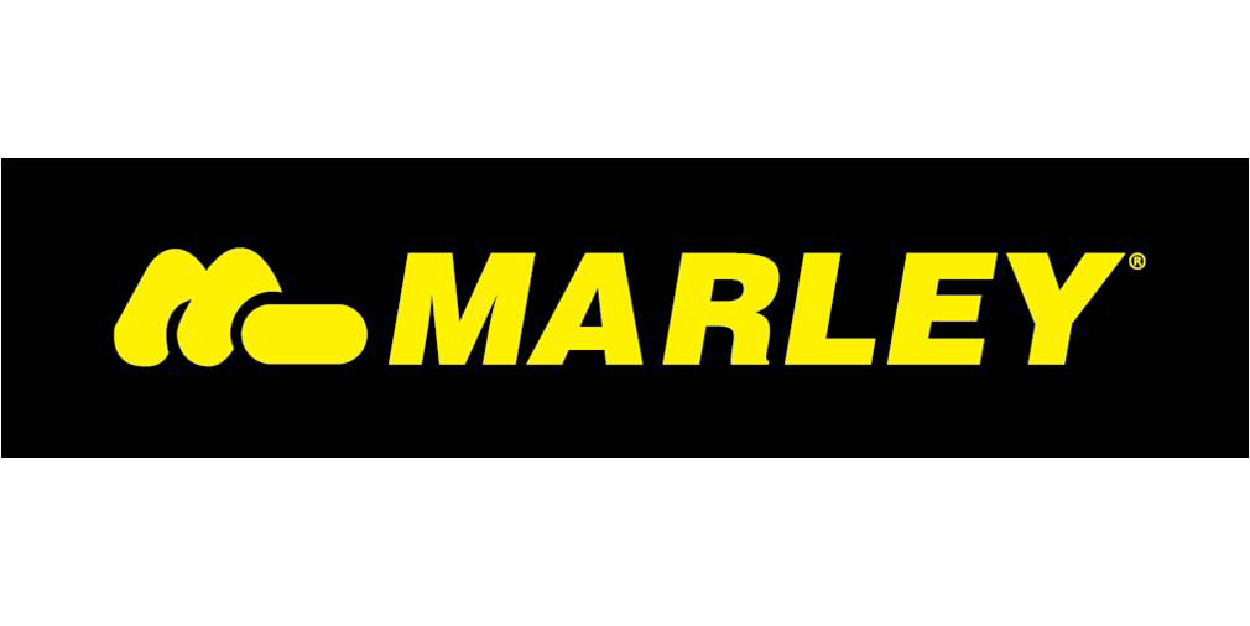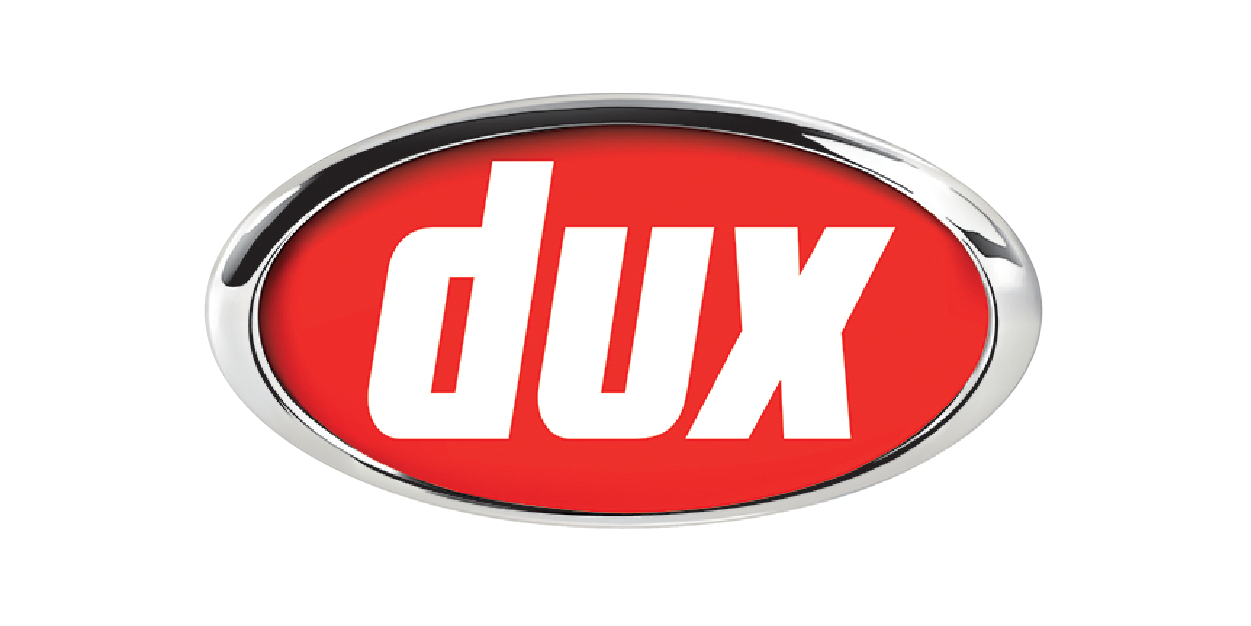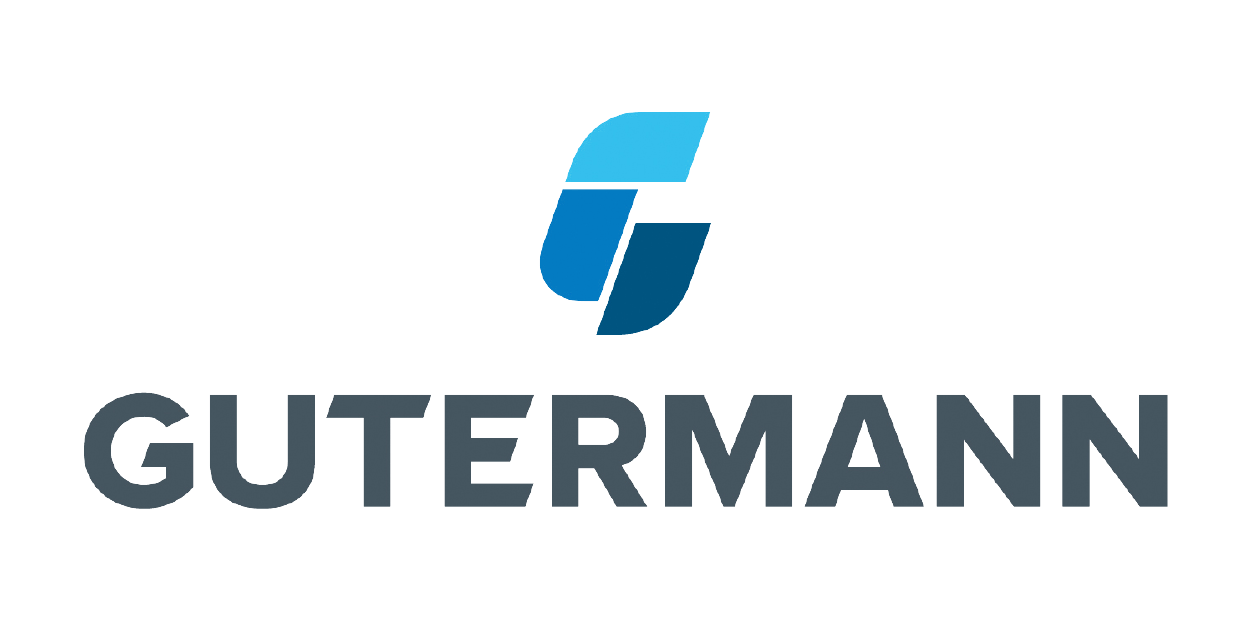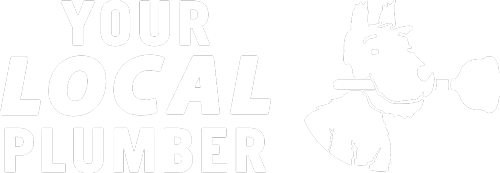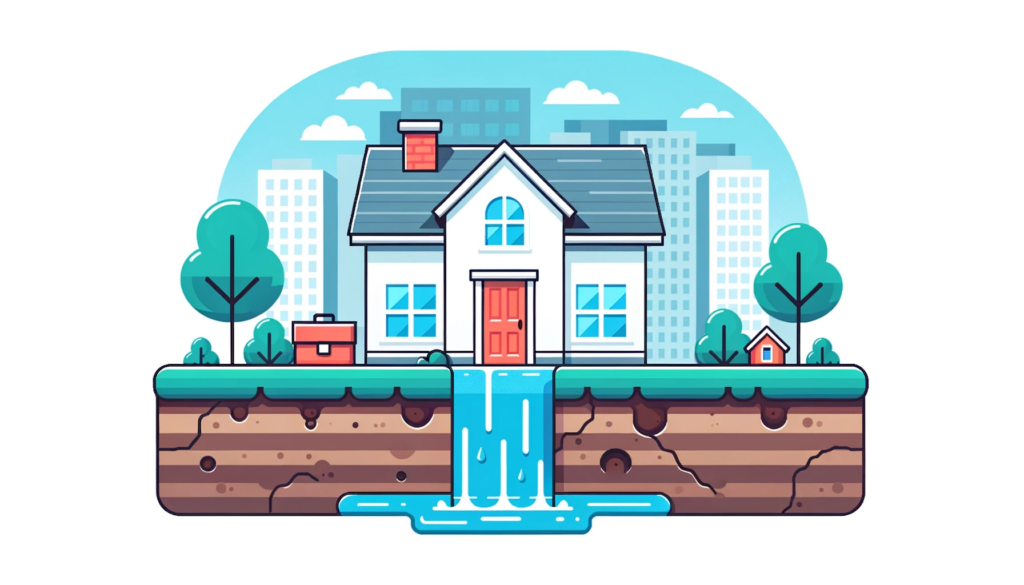
Call Today 09 973 4973 or
Gas Monitoring and Control Systems
In the context of New Zealand’s diverse industrial, commercial, and residential sectors, gas monitoring and control systems represent a critical investment in safety, efficiency, and environmental stewardship. These systems are designed to provide real-time surveillance and management of gas usage and emissions, detecting leaks, and ensuring optimal operation of gas-powered equipment. The implementation of such technology is not only a proactive measure against potential hazards but also a strategic approach to energy management and cost reduction.
Importance of Gas Monitoring
Gas monitoring systems are essential for the early detection of leaks, which can pose significant risks of fire, explosion, and health hazards such as carbon monoxide poisoning. In industrial settings, where the volume of gas used is substantial, these systems are indispensable for maintaining operational safety and compliance with health and safety regulations. For businesses, especially those in the hospitality sector or those utilising large-scale heating systems, gas monitoring ensures that appliances are functioning efficiently and safely, protecting both customers and staff.
Control Systems for Efficiency
Control systems go hand-in-hand with monitoring technologies, allowing businesses and facilities managers to precisely manage gas flow and consumption. These systems can automate the operation of gas appliances, adjust settings based on real-time data, and even remotely manage gas usage, leading to significant improvements in energy efficiency and cost savings. In a country committed to reducing its carbon footprint, such as New Zealand, optimising gas use through advanced control systems is a step towards more sustainable energy practices.
Integration with Building Management Systems
Modern gas monitoring and control systems are often integrated into broader building management systems (BMS), providing a holistic approach to facility management. This integration allows for centralised control of heating, ventilation, air conditioning (HVAC), lighting, and security systems, among others. For New Zealand’s commercial buildings and public facilities, this means improved operational efficiency, enhanced safety protocols, and a better overall environment for occupants.
Compliance and Environmental Considerations
In New Zealand, the installation and operation of gas monitoring and control systems must comply with the Gas (Safety and Measurement) Regulations 2010 and other relevant standards. These regulations ensure that systems are installed correctly, function safely, and contribute to the country’s environmental goals. By monitoring and reducing gas emissions, businesses can also align with New Zealand’s commitment to the Paris Agreement and its own Zero Carbon Act, aiming for net-zero carbon emissions by 2050.
Technological Advances and Future Trends
The future of gas monitoring and control systems is shaped by technological advances, including IoT (Internet of Things) connectivity, AI (Artificial Intelligence) algorithms for predictive analysis, and machine learning for optimising gas usage patterns. These technologies promise not only to enhance the safety and efficiency of gas systems but also to provide valuable data insights for energy management, maintenance planning, and environmental reporting.
Gas monitoring and control systems are indispensable tools for ensuring the safe, efficient, and environmentally responsible use of gas in New Zealand. By leveraging these technologies, businesses and facilities can protect against hazards, reduce operational costs, and contribute to the country’s sustainability objectives. As technology evolves, the potential for these systems to improve safety, efficiency, and environmental impact will only increase, making them a key component of New Zealand’s energy landscape.
Suppliers
